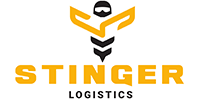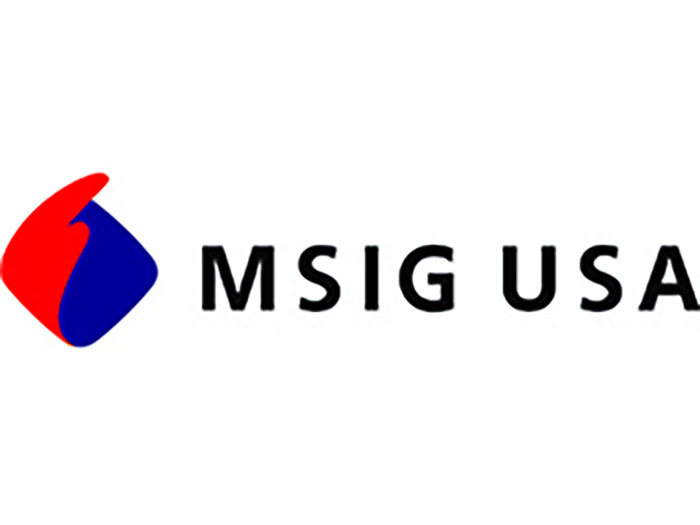2025 Theo Award Winner: Stinger Logistics
 Stinger Logistics faced a workers’ compensation crisis that threatened both its bottom line and its commitment to employee welfare.
Stinger Logistics faced a workers’ compensation crisis that threatened both its bottom line and its commitment to employee welfare.
As a last-mile delivery service provider partnered with Amazon, the company’s drivers endured intense physical demands, loading their own trucks and operating under strict productivity expectations.
Yet with no standardized return-to-work program and limited control over claims, Stinger’s workers’ comp costs had spiraled dramatically out of control.
Inconsistent light-duty accommodations left injured employees scattered across various arrangements, with some working from home, others placed in nonprofit roles, and too many remaining out of work for extended periods.
Tackling the Problem
Stinger’s transformation began when the company partnered with Kinetic Insurance and committed to building a comprehensive injury management system from the ground up.
Sydney Murchison-Stricker, the company’s HR manager, spearheaded the initiative, working alongside Kinetic’s team to develop structured processes that would fundamentally change how Stinger handled workplace injuries.
The company implemented two complementary return-to-work programs designed to address different recovery scenarios.
The rapid return-to-work program provided up to 45 days of safety training content that injured employees could complete while following doctor-prescribed work restrictions.
For employees with longer recovery times, Stinger partnered with ReEmployAbility to place workers in volunteer roles at local nonprofits, ensuring they could remain active and earn wages while recovering.
“The rapid return-to-work program offers a fresh take on light duty, incorporating ease of use in creating a job offer, pre-made safety content for drivers to learn and work on, and a quick turnaround time that allows an injured driver to avoid indemnity by utilizing this program,” said Murchison-Stricker.
Traditional light-duty approaches had proven problematic for Stinger’s delivery operations. The company had experimented with having injured employees drive vans without delivering packages, but this created unexpected complications.
“That led to interpersonal issues between employees about the division of labor, along with safety concerns that we could not monitor an injured employee to prevent them from exacerbating their injury,” she explained.
The transition wasn’t without its challenges. Stinger encountered significant employee resistance when implementing wearable safety devices as part of their comprehensive safety program. During the first month, drivers expressed concerns about privacy and data collection, while some found the devices interrupted their workflow by signaling high-risk postures during routine driving.
“It took about two months for them to become more comfortable with the change and accept that it is a part of the uniform,” said Murchison-Stricker.
“We opened the door of communication for any drivers to bring their concerns to leadership directly so that we could talk it through with them. This increased their trust in us and kept a united front that the program would be staying.”

Sydney Murchison-Stricker, HR Manager, Stinger Logistics
To overcome resistance, Stinger employed multiple strategies. The company provided incentives such as randomly awarded gift cards to drivers who wore their devices consistently during the first month. Management also hosted a company party using bonus funds to celebrate the program’s implementation, demonstrating their commitment to both safety and employee recognition.
Central to the program’s success was Stinger’s focus on early intervention and consistent communication. Murchison-Stricker developed a comprehensive daily tracking system to monitor each claim’s progress.
“Each day, I check the running list of drivers who are currently involved in a claim. I check if they have updated doctor’s notes, I send reminder texts if they have a doctor appointment coming up, I check deadlines on how long an employee has been on light duty, and if they need to be evaluated by one of our insurance-approved providers,” she said.
This hands-on approach proved crucial for identifying potentially fraudulent or exaggerated claims.
“I have found the most effective strategies are early intervention and claim reporting, consistent follow-up regarding doctor’s visits, tracking progress in the light-duty programs, and escalating into the ReEmployAbility program when necessary,” Murchison-Stricker said.
The structured approach also helped employees understand that Stinger had systems in place to support injured worker recovery while meeting operational needs.
The rapid return-to-work program gave injured workers a sense of normalcy by allowing them to arrive at work at their usual time and interact with coworkers, maintaining connection to their workplace community during recovery.
Success to Build On
Stinger’s comprehensive approach delivered remarkable results across multiple metrics. The transformation was particularly evident in the company’s financial outcomes and claim management effectiveness.
Organization: Stinger Logistics * Location: Mission Viejo, Calif. * Number of Employees: 75 * Category: Transportation & Logistics
“The numbers I am most proud of are the substantial reduction in spend per claim and the overall drastic reduction of our company loss ratio,” said Murchison-Stricker. “Our cost per claim in 2023 was substantial; in 2024, it decreased to less than a tenth of that amount.”
The company’s loss ratio improvement was equally dramatic. From a loss ratio exceeding 200% in 2023, Stinger achieved a loss ratio of just 16% by the end of 2024. Total incurred losses dropped from more than substantial six-figure amounts to a small fraction of that cost.
Indemnity claims decreased by 70% between 2023 and 2024, with claimants either returning to modified duty or exiting before losses accrued. Even as total claim frequency remained stable, fewer cases escalated into long-term situations, demonstrating the impact of early intervention strategies.
Stinger’s proactive approach built sustainability into their program. The company uses a real-time recovery pipeline and clear pathways for both short- and long-term claims, ensuring every injury receives a consistent, cost-conscious response. With ongoing internal adoption and continued support from carrier partners, the program is positioned for continued improvement.
Murchison-Stricker credited the support she received throughout the transformation process: “I want to personally thank Bonnie Wright for all her time and energy in making sure we had the information to be successful and for being such a fantastic mentor,” she said, acknowledging the collaborative partnership. &
 The Theo Award celebrates its sophomore year, honoring 32 workers’ compensation programs for their excellence and service to workers across the nation. To learn more about the award and amazing qualities each winner possesses, visit here.
The Theo Award celebrates its sophomore year, honoring 32 workers’ compensation programs for their excellence and service to workers across the nation. To learn more about the award and amazing qualities each winner possesses, visit here.











